Zoo InternQuest is a seven-week career exploration program for San Diego County high school juniors and seniors. Students have the unique opportunity to meet professionals working for the San Diego Zoo, Safari Park, and Institute for Conservation Research, learn about their jobs, and then blog about their experience online. Follow their adventures here on the Zoo’s website!
Interns met with Deborah Lowe, the Nutritional Services Supervisor at the Nutrition Department at the San Diego Zoo. Also present was Katie Kerr, an Associate Nutritionist. At the Forage Warehouse, all the animal food is stored and distributed, and Ms. Lowe and Dr. Kerr shared information about their careers and about the services that the Nutrition Department manages and provides to the animals on a daily basis.
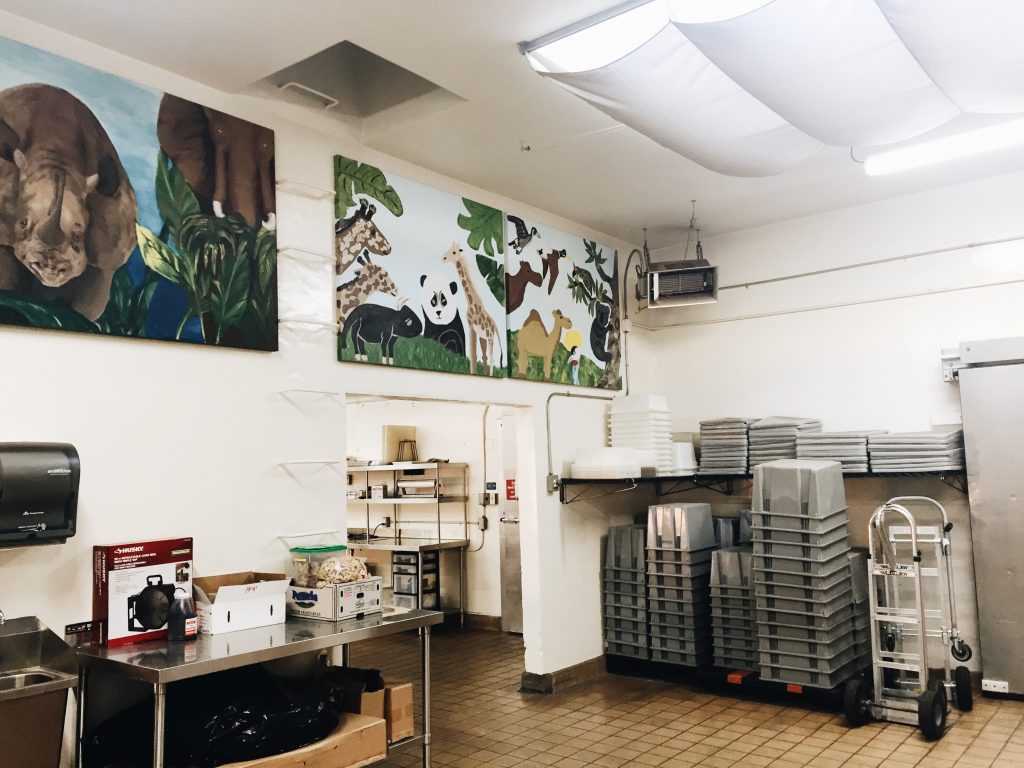
This is where it all happens! Ms. Lowe said that the San Diego Zoo is home to more than 4,000 animals and each needs a specially designed diet based on age, size, and species.
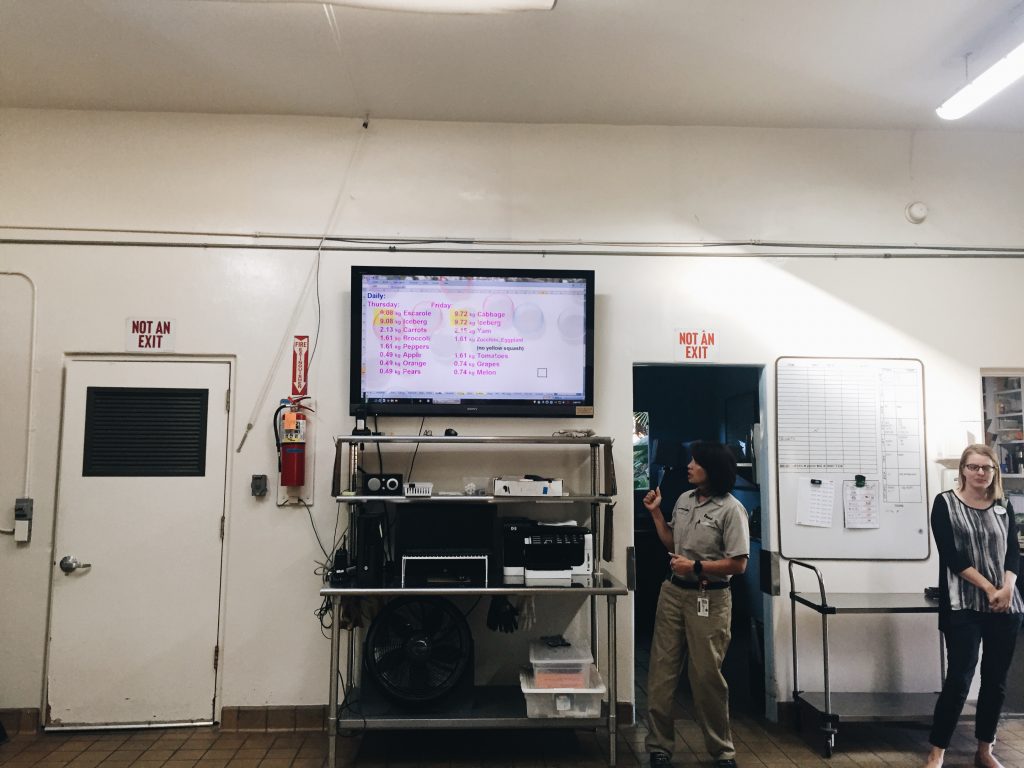
Ms. Lowe and Dr. Kerr started out by telling us a little bit about their careers, including the calculations and precautions necessary to excel in such an important job at the Zoo. This monitor shows the department’s feeding records!
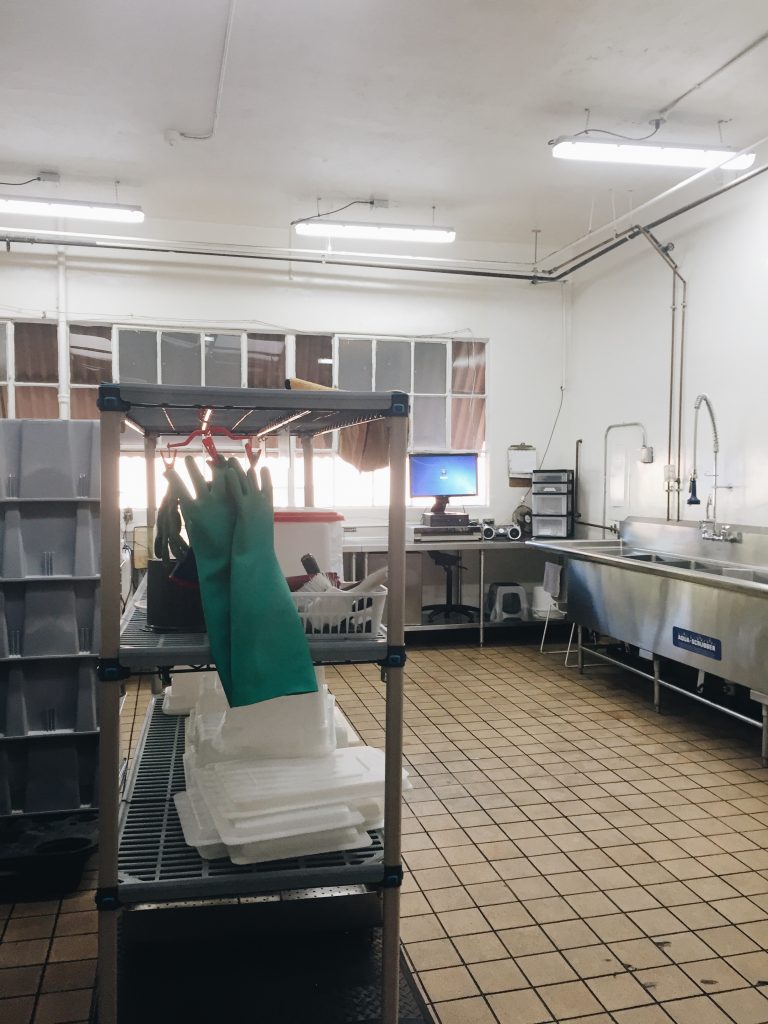
This room is where a lot of the food preparation happens! Nutritionists often have to arrive very early in the morning to prepare the food, which is then distributed to all different areas of the Zoo. The food is transported throughout the Zoo on trucks, all ready for the zookeepers to feed to the animals.
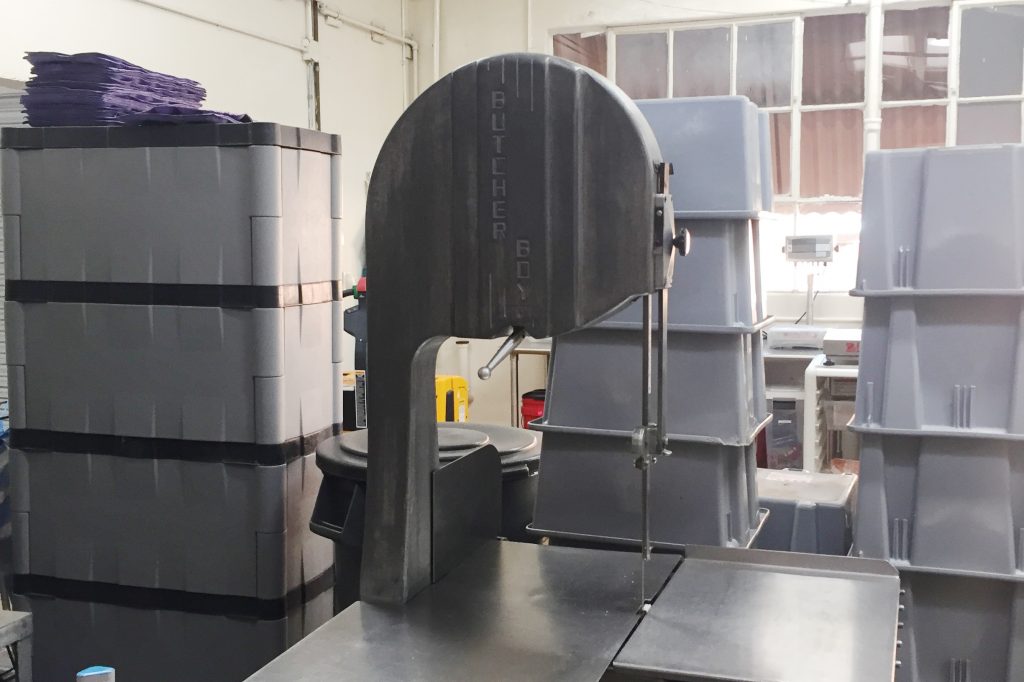
This piece of machinery is called the Butcher Boy! It has been used to cut meat at the Nutrition Department since the 1950s.
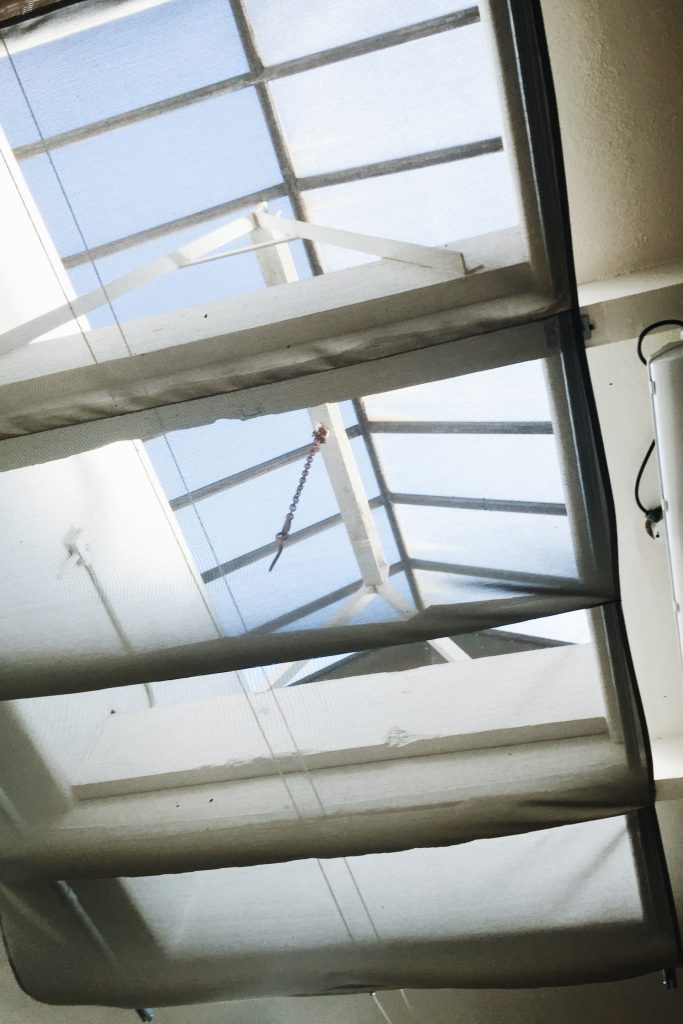
In the 1930s, the Zoo used to kill their own cows and horses to feed to the animals. Many times, the cows and horses were donated by local farmers to be fed to big cats and other carnivores. Today, the meat arrives at the Zoo already prepared. Some varieties of meat that the Nutrition Department uses include beef spleen and shank, pork, lamb, rabbit, and mice.
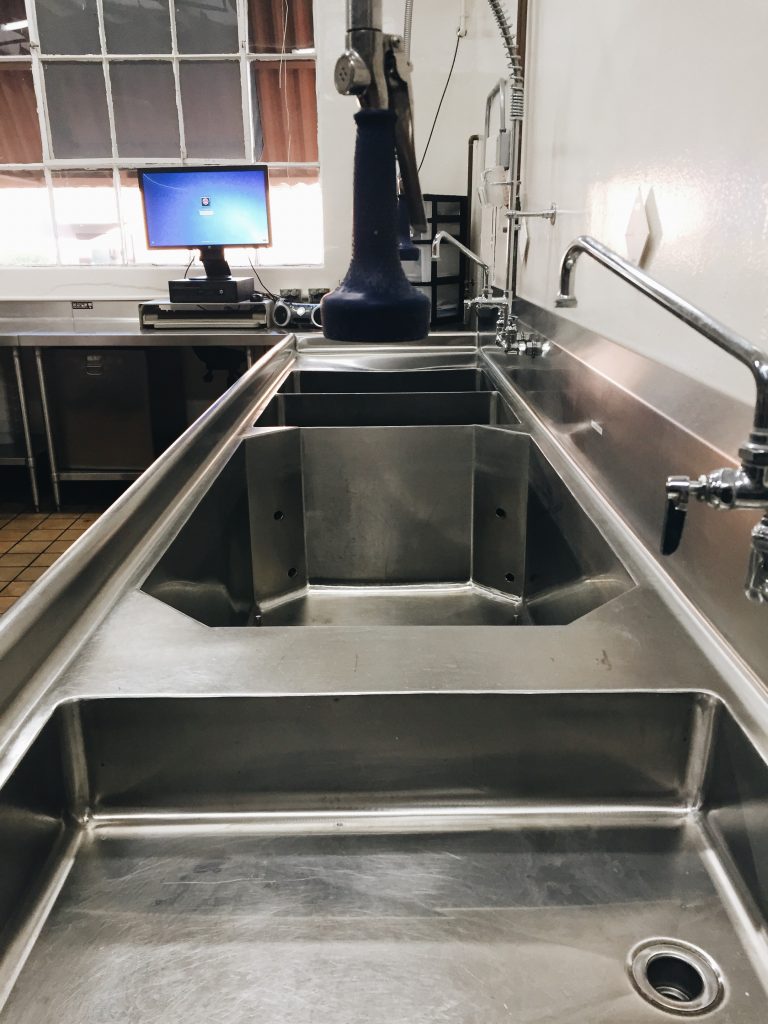
This is the AquaScrubber, the Nutrition Department’s fancy dishwasher! It takes a high-powered machine like this one to take care of all the dishes that need to be washed on a daily basis.

Here, Sarah takes a peek into a converted storage room, which was once used as a corral to lead horses and cows into the building. See the sports drinks in the corner? Ms. Lowe explained that the San Diego Zoo often uses diluted Gatorade to mask the taste of medication. The Zoo also uses peanut butter to disguise pills, encouraging reluctant animals to take them.
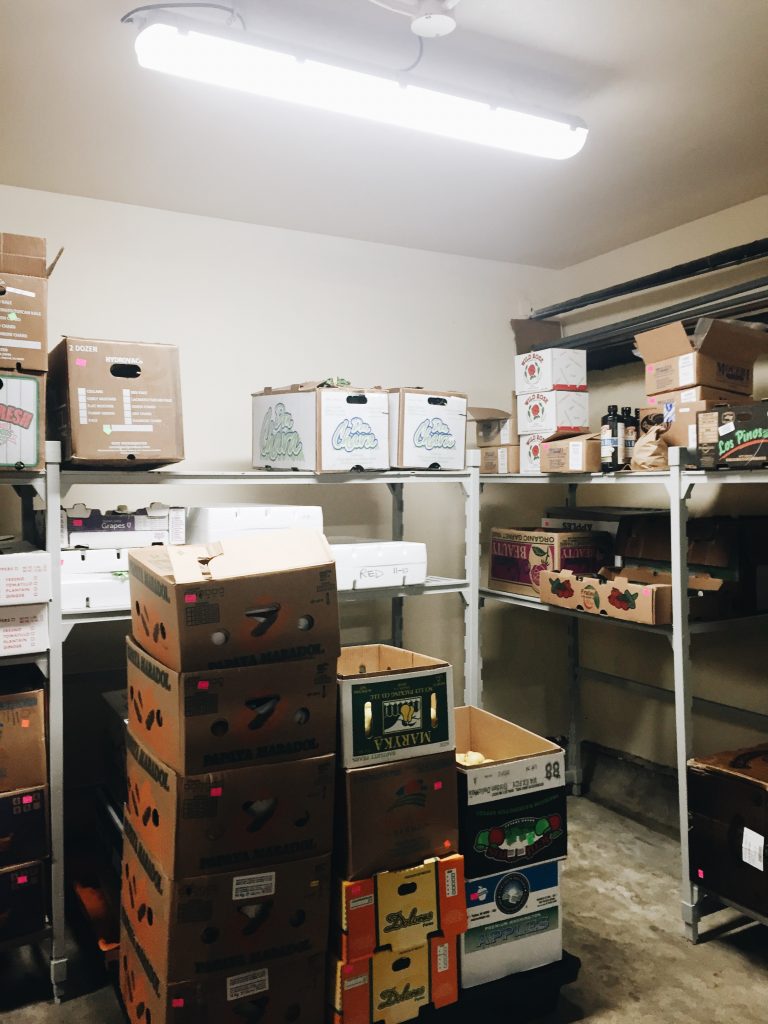
Wondering what all these fruit crates are for? This is the refrigerator, where the fruits and vegetables are kept. The nutrition budget allows for almost $8,000 worth of fruits and vegetables to be purchased each week.
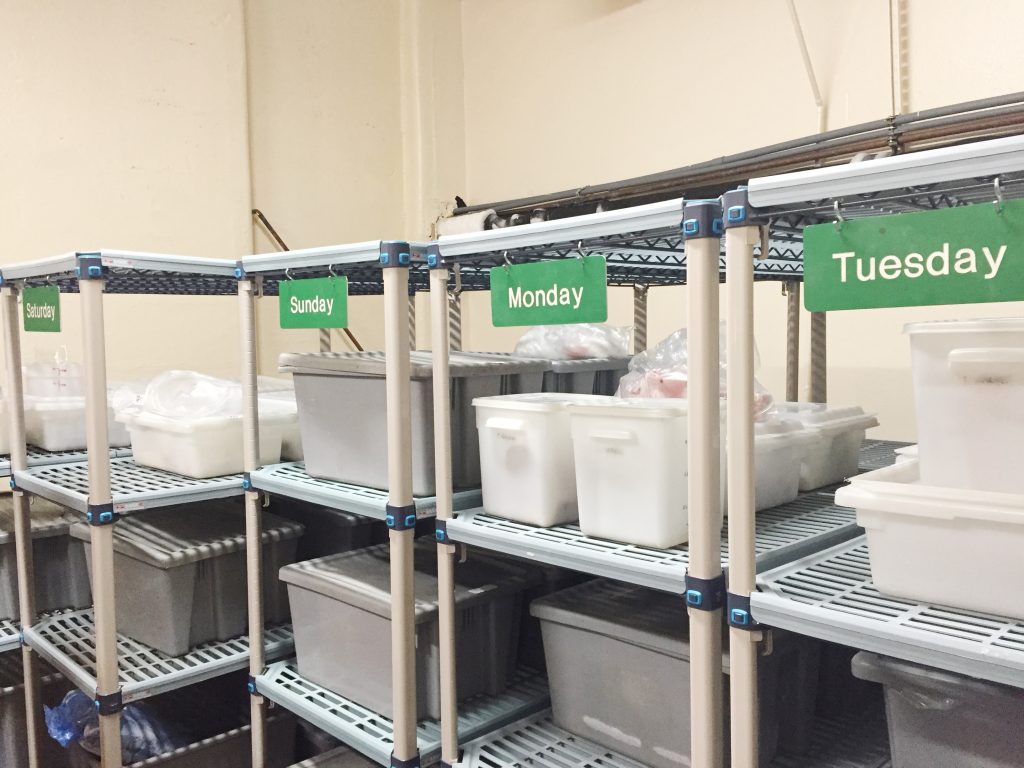
Some of the food is prepared in advanced and set apart according to a weekly schedule. Everything has to be carefully organized in the Nutrition Department- Ms. Lowe says that record keeping is a big part of the job.
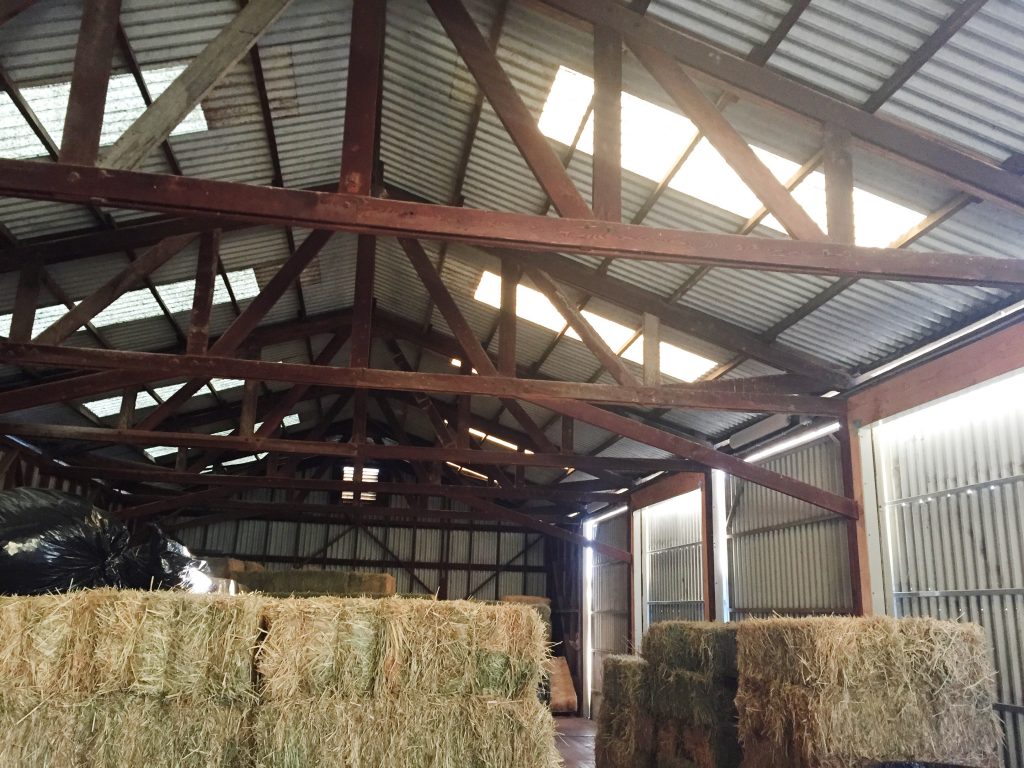
Next up: the hay barn! The interns piled into a large warehouse where the hay is kept for the animals. When it comes to nutrition, the Zoo needs a lot of hay! Some of the animals that eat hay at the Zoo include elephants, giraffes, hoofstock, hippos, rhinos, tapers and zebras. The varieties of hay kept in the barn include alfalfa, Sudan, and Bermuda.
Casey, Photo Team
Week Six, Fall Session 2016


